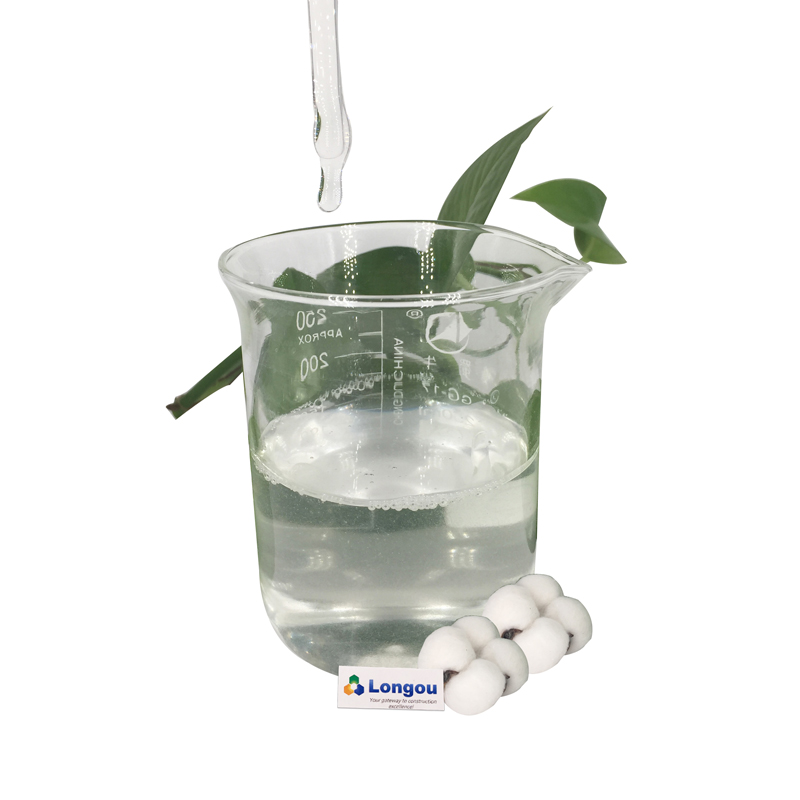Jun. 02, 2023
Chemicals
Introduction:
In the realm of modern technology and consumer products, there exists a vast array of materials with versatile applications. One such material that has gained significant recognition in various industries is Hydroxypropyl Methylcellulose, commonly known as HPMC. This versatile compound finds its utility in a wide range of sectors, owing to its unique properties and diverse applications. In this article, we delve into the world of HPMC and explore its uses, benefits, and contributions to different industries.
Understanding HPMC:
Hydroxypropyl Methylcellulose (HPMC) is a cellulose derivative obtained by chemically modifying natural cellulose fibers, primarily sourced from wood or cotton. It is synthesized by treating cellulose with methyl chloride and propylene oxide. The resulting compound possesses remarkable qualities that make it highly adaptable for numerous applications.
Applications of HPMC:
Pharmaceutical Industry: HPMC is widely used in the pharmaceutical industry due to its bioavailability, compatibility, and controlled-release properties. It is employed as a binder, thickener, film-former, and suspension stabilizer in tablet formulations. Additionally, HPMC serves as a protective colloid, enabling controlled drug release in sustained-release formulations.
Construction Industry: HPMC acts as an essential additive in construction materials. It imparts water retention, workability, and adhesive properties to cement-based products, such as mortars, renders, and tile adhesives. HPMC improves the consistency and open time of the mixtures, enhancing their overall performance and durability.

Food Industry: HPMC plays a crucial role in the food industry as a food additive. It is commonly used as a thickener, emulsifier, and stabilizer in various products, including dairy desserts, sauces, ice creams, and bakery items. Construction Grade HPMC ensures the desired texture and viscosity, while also enhancing the shelf life and stability of food products.
Personal Care Products: HPMC finds extensive application in the formulation of personal care and cosmetic products. It serves as a thickener, film-former, and moisture-retaining agent in creams, lotions, shampoos, and toothpaste. HPMC contributes to the desirable texture, smoothness, and sensory experience of these products.
Benefits of HPMC:
Water Retention: HPMC has excellent water-retaining properties, which make it valuable in various applications. In construction materials, it helps prevent premature drying, ensuring optimal hydration and improved workability. In personal care products, it aids in maintaining moisture levels on the skin or hair, enhancing hydration and preventing dryness.
Film-Forming Capability: HPMC forms a thin, transparent film upon drying, making it useful in pharmaceutical tablets, personal care products, and coatings. The film acts as a barrier, providing protection, controlled release, and adhesion.
Non-Toxic and Safe: HPMC is derived from natural cellulose sources and is considered non-toxic and safe for consumption and external use. It is widely accepted and approved by regulatory bodies worldwide, further enhancing its applicability in various industries.
Versatility and Adaptability: HPMC is available in different grades with varying viscosity levels, allowing manufacturers to tailor its properties to specific applications. This versatility makes HPMC a preferred choice for a wide range of industries.
Conclusion:
From pharmaceuticals to construction, food, and personal care products, Hydroxypropyl Methylcellulose (HPMC) has proven to be an invaluable material. Its water retention, film-forming properties, and non-toxic nature make it an ideal choice for multiple applications
If you are interested in sending in a Guest Blogger Submission,welcome to write for us!
All Comments ( 0 )